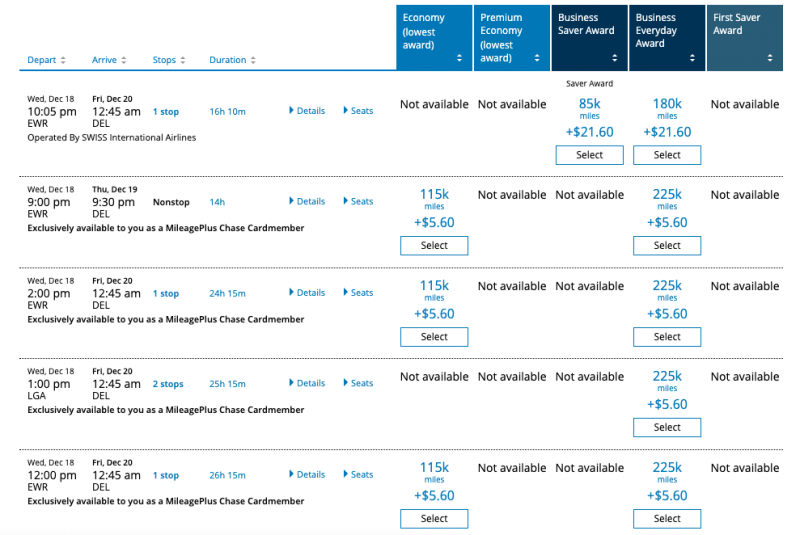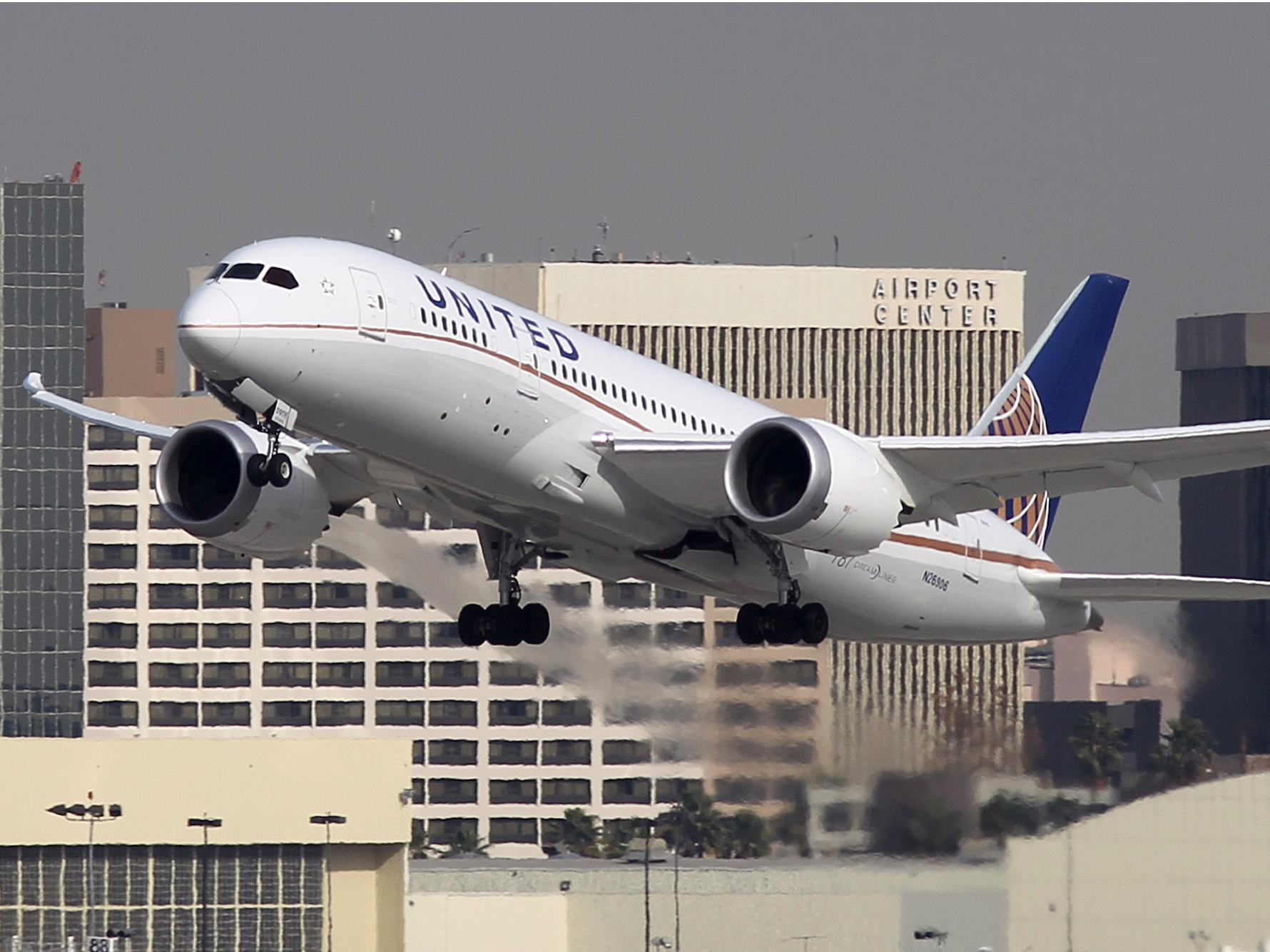Personal Finance Insider writes about products, strategies, and tips to help you make smart decisions with your money. Business Insider may receive a commission from The Points Guy Affiliate Network, but our reporting and recommendations are always independent and objective.
- United Airlines is making major changes to its MileagePlus frequent-flyer program.
- The airline will no longer publish an award chart outlining flight prices. Instead, award flights will be priced dynamically. The change takes effect immediately for new reservations made for travel on or after November 15.
- Passenger reactions have been largely negative, and mileage prices on both economy and business-class international flights have begun to increase.
- However, travelers with the most flexibility may ultimately come out ahead if they can choose less in-demand flights.
On Friday, United announced a major change to its MileagePlus frequent-flyer program. Following in the footsteps of Delta Air Lines, United is removing its mileage award chart and switching to dynamic pricing for mileage awards.
The move means that American Airlines remains the only legacy US airline to offer a tiered fixed-price frequent-flyer system.
In effect, the move to dynamic pricing means that beginning just before the holiday travel rush, United frequent flyers will no longer be able to predict how many miles they’ll need to book a particular trip – and they’ll likely need more miles for those tickets.
Read more: United's credit card is offering a huge sign-up bonus, but it's only around for a limited time
What are award charts?
Traditionally, airline frequent-flyer programs make seats available to book with miles at two different prices: "Saver" - a lower baseline price - and "Standard," "Anytime," or "Everyday," a more expensive but more widely available price. Regardless of how the cash price fluctuates, the mileage price floats between Saver and Standard, depending on when the airline chooses to release availability.
Travelers trying to get an award ticket for the best price will typically monitor for Saver availability, waiting to book until the price becomes lower on those dates. Alternatively, if that person has flexibility in their schedule, they'll plan a vacation around when they can find flights at the Saver cost.
This can lead to some solid deals, such as flying business class to Europe for just 57,500 miles.
Without an award chart, mileage pricing becomes harder to understand
Without an award chart, mileage pricing - both the minimum price and the maximum - becomes dynamic and opaque, similar to cash prices.
It also tends to change more often, trending both up and down based on demand. While this sometimes leads to lower prices on flights that are not heavily in demand, it often leads to higher prices for premium-cabin tickets.
Read more: The best credit card rewards, bonuses, and benefits of 2019
That's exactly what United said would happen as a result of this change. On a web page that United posted outlining the new system, the airline suggested that the new changes would be positive for travelers.
"Increasing award prices for the most in-demand flights allows us to offer lower prices on other flights. If your award travel is flexible, these updates will help you make the most of your miles," United wrote.
Delta removed its award chart and switched to a dynamic-pricing model several years ago, although flights seem to stick to a few different pricing tiers, and by searching over a few months, it's often possible to figure out the lowest "Saver" rate for flights. Unfortunately, Delta frequently raises that minimum price for award flights - the latest devaluation involved flights between the US and Europe in business class.
United, by removing its award charts, seems to be on track to follow Delta's model
The new dynamic-pricing model takes effect immediately for new bookings for flights on or after November 15. New reservations made for travel before then will stick to the award chart.
Passenger reactions are overall skeptical of the idea that there will be any improvement for passengers.
The Twitter user @Rbakken described the move as a "disservice to loyal flyers and an affront to transparency." The user @trdraaron described the award chart's removal as causing a "likely possible devaluation in United miles."
Disappointed to see @united taking a major step backward by eliminating their award chart. A disservice to loyal flyers and an affront to transparency https://t.co/s9lKRBT3Pw #travel
— Rich Bakken (@Rbakken) April 5, 2019
Hey Frequent flyeres... @united is about to devalue your miles and remove transparency from its Mileage Plus redemption process...disappointing to say the least. @ZachHonig from @thepointsguy has more below. https://t.co/QMJAn3E0O8
— Kris Van Cleave (@krisvancleave) April 5, 2019
Ever since the announcement of dynamic pricing they've been trying to highlight these great things about the MP program. It's ridiculous! Who cares about 5k mile awards on super cheap tickets anyway!!!! MAJOR #fail and the qorse is yet to come.
— Ricardo Rivera (@Ricardo_FFlyer) April 7, 2019
very disappointed in you guys deciding to ditch the award chart. Will definitely be taking my business elsewhere
— Johnson Wu (@atojbk) April 5, 2019
@united Sad to see the award charts get hidden. My exodus from @United nearly complete. This will finish it. 1K for many years to 3k miles a year now . Next year maybe less. See ya!
— robert burns (@rjburnsva) April 8, 2019
@united We’re not idiots.These 5k fares are a great way to ease the pain of the elimination of your award chart. Right up until the time you start w/ the 500k one way redemptions like your friends at Delta. No reason to remain loyal to UA like I have for the past decade I guess.
— Lil' Suzy Greenberg (@suzy_greenberg) April 6, 2019
In other words, @united is raising mileage awards on 75% of its routes & removing mileage charts. This is just low hanging bait. Smoke & mirrors. Again, copying @delta for the umpteenth time. https://t.co/RrGlFfiiWe
— Cale Ramaker (@CaleRamaker) April 5, 2019
@united Disappointed to once again seeing UA blindly follow Delta into the Land of Screwing Frequent Flyers. Award charts help customers save for flights and keep the airline honest about devaluations. Stop pretending this is a feature.
— Doug Hess (@kdhess) April 5, 2019
This doesn't seem helpful, United:
For flights on or after November 15, 2019, we'll no longer publish an award chart listing the set amount of miles needed for each flight.
— Dan Berman (@DHBerman) April 5, 2019
Standard 'Everyday' prices are already going up
When searching for flights after the November 15 cutoff date, price increases were immediately evident.

For example, before the cutoff, flights from the Northeast to New Delhi in business class cost between 85,000 miles at the Saver rate and 180,000 miles at the Standard rate. While the lowest available cost on partner airlines remains 85,000 miles, Standard flights on United's own planes have gone up to 225,000 miles.
In other words, @united is raising mileage awards on 75% of its routes & removing mileage charts. This is just low hanging bait. Smoke & mirrors. Again, copying @delta for the umpteenth time. https://t.co/RrGlFfiiWe
— Cale Ramaker (@CaleRamaker) April 5, 2019
Similarly, Standard prices on business-class flights between certain cities, such as San Francisco and Hong Kong, have gone up from 180,000 miles to 210,000 miles, while increases on Standard flights for both economy and business class have gone up on flights between other regions.
What about Saver awards?
So far, there hasn't been a significant change to Saver-award pricing, although it's unclear if things will stay that way, or if Saver space will continue to be made available.
Read more: 8 of the best credit card offers this month - including a Marriott bonus that's ending soon
In fact, there are a few areas where prices have decreased, although this seems to be primarily on short-haul domestic-economy routes. For example, flights between Los Angeles and San Francisco, which previously bottomed out at 10,000 miles, now cost as few as 5,000 miles.
However, if Delta's price increases and devaluations are any indication, the lack of a published award chart could allow United to raise baseline Saver prices at any point and frequency.
Undoubtedly, there's still significant value to be found in United miles, especially if you find Saver space or book with a partner. Another opportunity for value is when it's possible to earn increased credit-card bonuses. For example, United's co-branded credit card issued by Chase - the United Explorer Card has a limited-time offer of up to 60,000 miles - earns 40,000 miles after you spend $2,000 in the first three months and another 20,000 miles when you spend a total of $8,000 within the first six months.
Under the tiered system, in which more Saver seats could be found on less in-demand flights, travelers with more flexibility tended to snag the better deals. Under the new dynamic system, which United said would be based on demand, this will likely become even more true.
In an email to Business Insider, a United spokesperson suggested that to be the case: "Customers who can be flexible with their travel day and/or time will benefit significantly from this move to lower prices."
However, the spokesperson added: "For the busiest travel times of the year when demand is highest, there may be higher award prices than what people see today."
However, there was a bit of good news for United flyers, too. Beginning on November 15, United will no longer charge a $75 fee on award tickets booked within 21 days of travel. If a passenger can find a decent miles price on a last-minute trip, this should help with the redemption.











